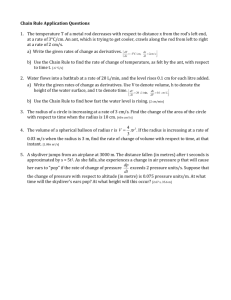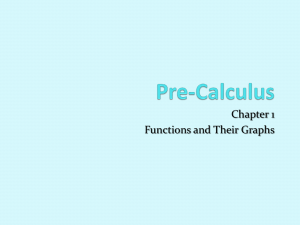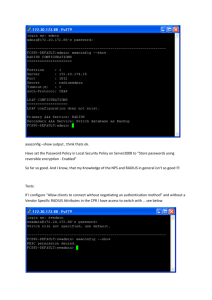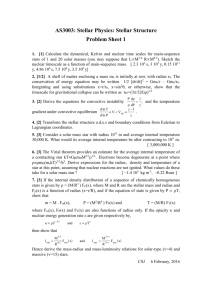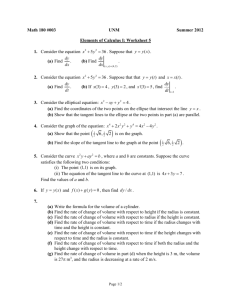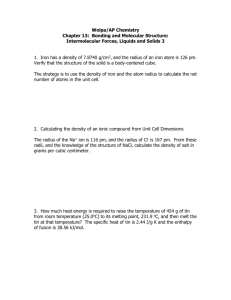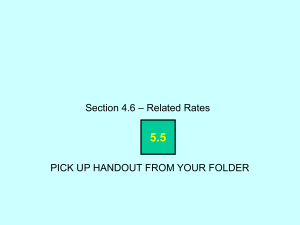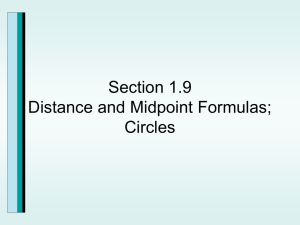Lesson: Estimating Heights
advertisement
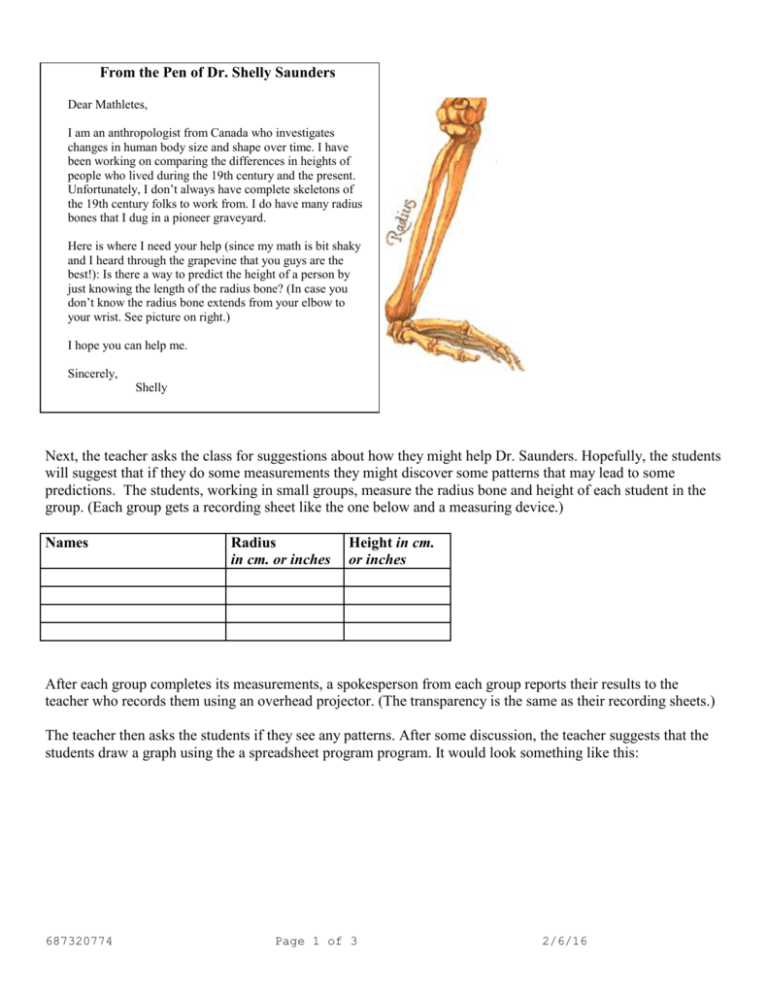
From the Pen of Dr. Shelly Saunders Dear Mathletes, I am an anthropologist from Canada who investigates changes in human body size and shape over time. I have been working on comparing the differences in heights of people who lived during the 19th century and the present. Unfortunately, I don’t always have complete skeletons of the 19th century folks to work from. I do have many radius bones that I dug in a pioneer graveyard. Here is where I need your help (since my math is bit shaky and I heard through the grapevine that you guys are the best!): Is there a way to predict the height of a person by just knowing the length of the radius bone? (In case you don’t know the radius bone extends from your elbow to your wrist. See picture on right.) I hope you can help me. Sincerely, Shelly Next, the teacher asks the class for suggestions about how they might help Dr. Saunders. Hopefully, the students will suggest that if they do some measurements they might discover some patterns that may lead to some predictions. The students, working in small groups, measure the radius bone and height of each student in the group. (Each group gets a recording sheet like the one below and a measuring device.) Names Radius in cm. or inches Height in cm. or inches After each group completes its measurements, a spokesperson from each group reports their results to the teacher who records them using an overhead projector. (The transparency is the same as their recording sheets.) The teacher then asks the students if they see any patterns. After some discussion, the teacher suggests that the students draw a graph using the a spreadsheet program program. It would look something like this: 687320774 Page 1 of 3 2/6/16 The teacher asks: What can you tell me about the graph? (It’s sort of linear.) Does it make sense to connect the points with a straight line? Why? The best we can do is draw a line of "best fit." We can then use this line to make predictions. For example, if someone had a radius bone that was 17 cm, what would you guess his or her height to be? (Answers will vary. A student might come up and suggest where the point with a radius value of 17 should be placed on the graph.) Is it possible for someone to have a 17 cm radius bone and have a height of 170 cm? (Not very likely, but possible.) Why? What if Akeem Olajuwon (the Houston Rocket basketball player) walked into the room? Could you predict the length of his radius bone? (Olajuwon is 7’ 1” tall. The students will have to convert his height to centimeters.) How confident are you about your prediction? Next, the students are told that this computer program can determine a mathematical equation for this line of "best fit." Can you figure out what the computer will come up with? The teacher then helps them to come up with an equation that would fit this data by playing the game they are familiar with: Guess my Rule. The hint is to first multiply the radius by 3. A 1 B Radiu s C Radiu s x 3 Heigh t 2 22.4 67.2 147 3 26.1 78.3 160 4 18.7 56.1 135 5 Then they should see that if they add about 80 to the "Radius x 3" column, they would get a close approximation to the Height. (A good approximation for this relationship is Height = (Radius x 3) + 80. Once the group agrees on a prediction for an equation, the computer program can be used to confirm their guess. “Going further” questions The class could explore other examples of mathematical relationships. For example, they can through experimentation discover that he relationship between the Fahrenheit and Centigrade temperature scales are related by the formula F = 9/5 C + 32. Students can approach this problem in the same way. They take temperatures in both scales, draw a graph, and then determine an approximation for the relationship. Another example, would be to determine the temperature outside based on how fast crickets chirp (See Crickets lesson.)
